Our first-class services include a variety of massages: Swedish Massage, Deep Tissue Massage, Sports Massage, Relaxing Massage, TCM TuiNa and foot reflexology services.

All of our services include the following:
- Excellent Service provided by Friendly Attendants
- Professional Quality Massage Treatments
- Top-quality Natural Massage Oils
- Full Shower Facilities (check out the gallery to view our amenities, including our in-room showers)
- Luxury & Upscale Wellness Centre in Markham
Deep Tissue Massage
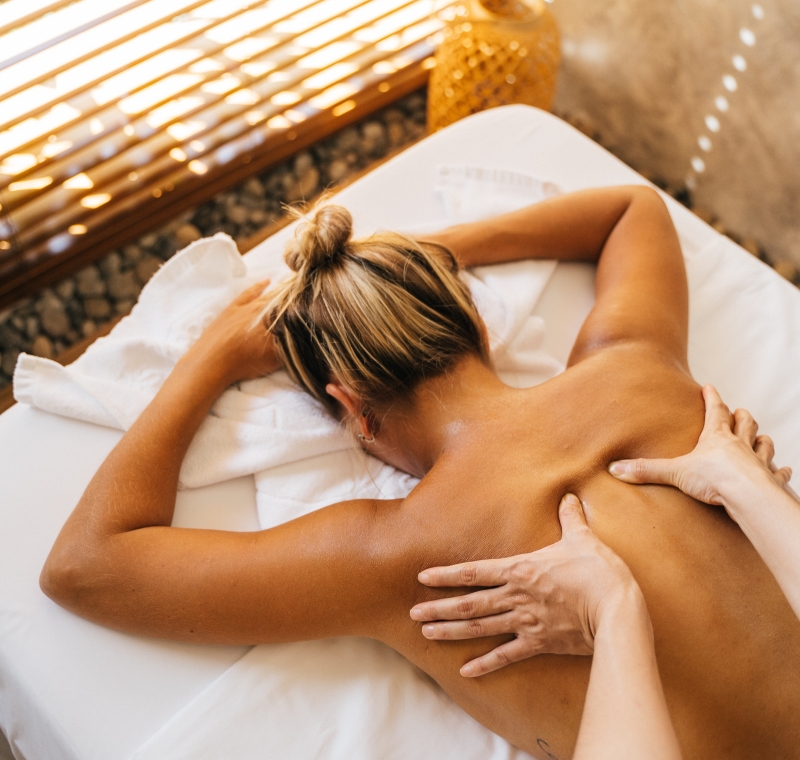
Deep Tissue Massage
Time Duration : 30 – 120 minutes
Deep tissue massage is a type of massage therapy that focuses on realigning deeper layers of muscles. It is used for chronic aches and pain and contracted areas such as a stiff neck and upper back, low back pain, leg muscle tightness, and sore shoulders.
Some of the strokes are the same as those used in classic massage therapy, but the movement is slower and the pressure is deeper and concentrated on areas of tension and pain in order to reach the sub-layer of muscles and the fascia (the connective tissue surrounding muscles).
With chronic muscle tension or injury, there may be adhesions (bands of painful, rigid tissue) in muscles, tendons, and ligaments. Adhesions can disrupt circulation and cause pain, limited movement, and inflammation.
Deep tissue massage works by physically breaking down these adhesions to relieve pain and restore normal movement. To do this, the massage attendant uses massage oil and often uses direct deep pressure. Muscles must be relaxed in order to reach the deeper musculature.
Foot Reflexology

Foot Reflexology
Time Duration : 30 – 120 minutes
What Is Reflexology?
Reflexology is a gentle, natural, non-invasive ancient and scientific healing art, which is based on the premise that there are zones and reflex areas in the feet, which correspond to all glands, organs, parts and systems of the body. The physical act of applying pressure to and stimulating these reflex points (nerve endings) by using specific thumb, finger and hand techniques results in stress reduction, which promotes positive physiological changes in other areas of the body.
How Does Reflexology Work?
Each foot has 7,200 nerve endings, 26 bones, 10 ligaments and 19 muscles. It is believed that as we go about our daily lives, minute amounts of waste containing lactic acid, uric acid, calcium and various other by-products develop as the nervous system communicates with the body. When the body is overstressed these waste products build up and are carried along the nerve paths to the extremities. Here they settle in and cause blocked energy and circulation.
The body’s image is mirrored on the foot in miniature, with each foot representing one half of the body. When pressure is applied to reflex areas, messages are transmitted to the brain through the nervous system and the body responds by working toward a biologically balanced state. The reflexologist assists the body in triggering its own natural healing process by stimulating the reflexes and by breaking up those deposits. As a result, blood circulation improves and nerve functioning increases. Tension in the corresponding area is relieved, toxins are flushed out and the body’s energy flow is cleared enabling the body systems and the body to heal itself and function more effectively.
Relaxing Massage
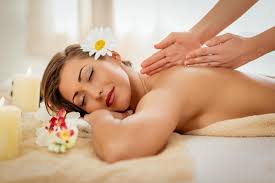
Relaxation Massage
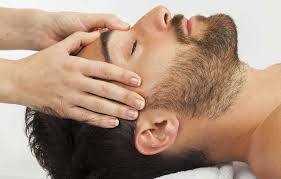
Time Duration : 30 – 120 minutes
Relaxation massage is a gentle Swedish massage that uses smooth, gliding strokes to help you relax. The massage attendant will move at a slower pace and use lighter pressure. In a relaxation massage, there is less emphasis on working out chronic underlying muscle tension — the adhesions or “knots” and muscle restrictions in the muscle tissue. That’s because deep tissue work can be uncomfortable, and during a relaxation massage you just want to drift away and feel good.
In a relaxation massage, the attendant won’t push your limits in order to get the muscle to release. You might even fall asleep! It’s a good choice for someone who is getting a massage for the first time, or someone who just wants to bring their stress level down.
Relaxation massage is also good for someone who gets a massage as a special treat once a year. It’s not realistic to expect that you can get rid of all your knots in one massage. But to drift into a deeply relaxed state in an hour — that’s doable!
Sports Massage
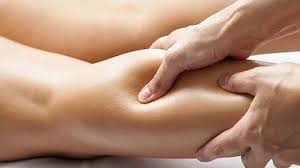
Sports Massage
Time Duration : 30 – 120 minutes
Sports massage therapy is geared toward athletes of every kind, from world-class professionals to weekend joggers. The particulars of the sports massage technique are specific to the athlete’s sport of choice. It involves focusing on areas of the body that are overused and stressed from repetitive and often aggressive movements.
Aspects of sports massage therapy are gaining popularity as useful components in a balanced training regimen. Sports massage therapy can be used as a means to enhance pre-event preparation and reduce recovery time for maximum performance during training or after an event. Athletes have discovered that specially designed sports massage promotes flexibility, reduces fatigue, improves endurance, helps prevent injuries and prepares their body and mind for optimal performance.
Swedish Massage
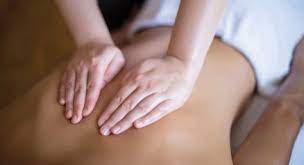
Swedish Massage
Time Duration : 30 – 120 minutes
Swedish massage therapy is the modality that comes to mind when most people think about massage. As the best-known type of bodywork performed today, one of the primary goals of the Swedish massage technique is to relax the entire body. This is accomplished by rubbing the muscles with long gliding strokes in the direction of blood returning to the heart. But Swedish massage therapy goes beyond relaxation. Swedish massage is exceptionally beneficial for increasing the level of oxygen in the blood, decreasing muscle toxins, improving circulation and flexibility while easing tension.
Traditional Chinese TuiNa
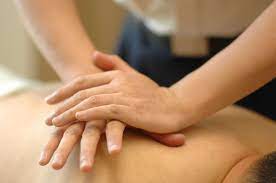
Tui Na Treatment
Time Duration : 30 – 120 minutes
Tui na or tuina (Chinese: 推拿; pinyin: tuī ná), is a form of Chinese manipulative therapy often used in conjunction with acupuncture, moxibustion, fire cupping, Chinese herbalism, t’ai chi, and qigong. Tui na is a hands-on body treatment that uses Chinese taoist and martial arts principles in an effort to bring the eight principles of Traditional Chinese Medicine (TCM) into balance. The practitioner may brush, knead, roll, press, and rub the areas between each of the joints, known as the eight gates, to attempt to open the body’s defensive chi (Wei Qi) and get the energy moving in the meridians and the muscles. Techniques may be gentle or quite firm. The name comes from two of the actions: tui means “to push” and na means “to lift and squeeze.” Other strokes include shaking and tapotement. The practitioner can then use range of motion, traction, with the stimulation of acupressure points. These techniques are claimed to aid in the treatment of both acute and chronic musculoskeletal conditions, as well as many non-musculoskeletal conditions. As with many other traditional Chinese medical practices, there are different schools which vary in their approach to the discipline.
Last Updated on June 9, 2024 7:02 AM by Site Administrator
